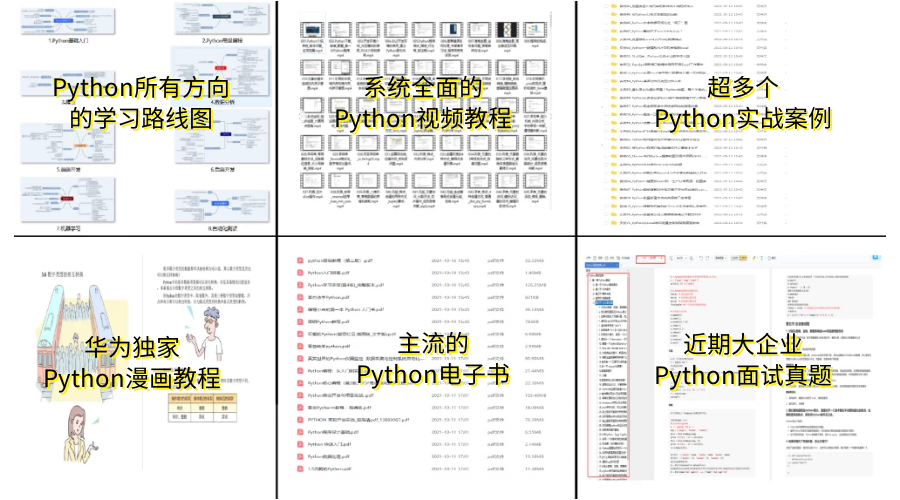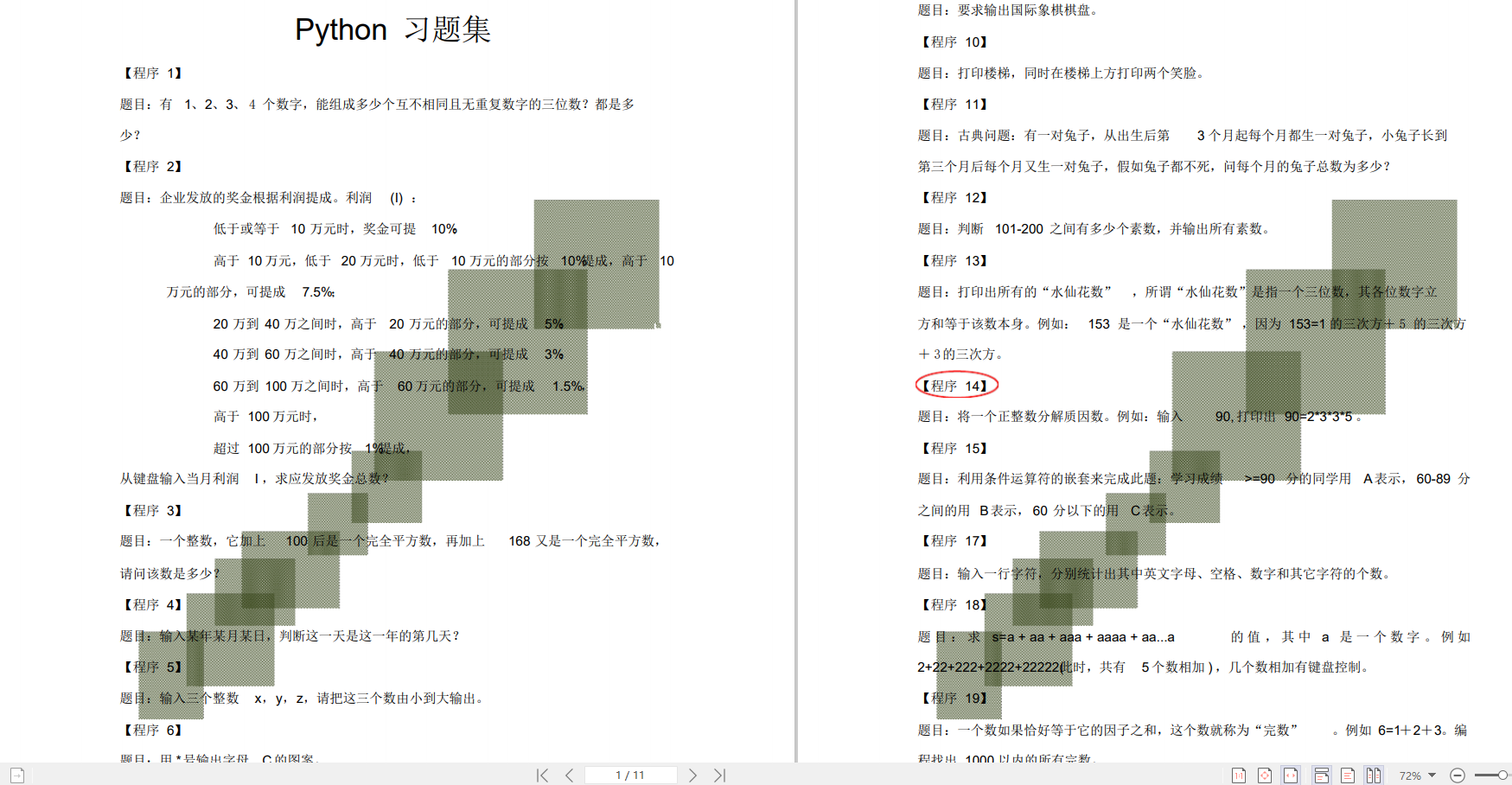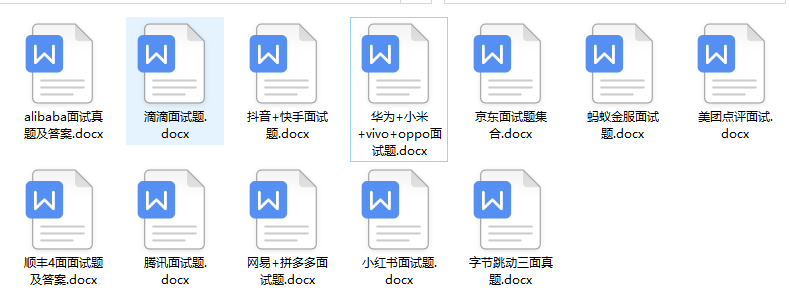前言
Python 是数据科学 (DS) 和机器学习 (ML) 中最常用的脚本语言之一。根据“PopularitY of Programming Languages”,Python 是 Google 上搜索次数最多的语言。除了作为将各种 DS/ML 解决方案连接在一起的出色胶水语言之外,它还有许多库可以对数据进行方便处理。
我们以前也发过文章做过一些3.11 版的测试。因为这个版本的主要特点是速度显着提高。
在这篇文章中,是国外的一个大佬进行的数据分析,通过他的分析可以证明Python 3.14 将比 C++更快。
【----帮助Python学习,以下所有学习资料文末免费领!----】
本文的方法是:使用蒙特卡洛方法估计 Pi。
这个算法的想法很简单,但是在大学的一些数学课程中都会有介绍:有一个大小为 2r 的正方形,在这个正方形中我们拟合一个半径为 r 的圆。采用一个在平面上生成数字的随机数生成器:<-r, r>, <-r, r>。圆上的点与正方形上的点之间的比率(读取:所有点)是面积比的近似值,我们可以用它来近似 Pi。公式如下:

将实际估计与测试脚本分开,这样就可以重复测试并取平均值。这里还是用Argparse 对脚本进行了参数化,Argparse 是一个用于解析来自命令行界面(CLI) 的参数的标准库。Python 代码如下所示:
def estimate_pi( n_points: int, show_estimate: bool, ) -> None: """ Simple Monte Carlo Pi estimation calculation. Parameters ---------- n_points number of random numbers used to for estimation. show_estimate if True, will show the estimation of Pi, otherwise will not output anything. """ within_circle = 0 for _ in range(n_points): x, y = (random.uniform(-1, 1) for v in range(2)) radius_squared = x**2 + y**2 if radius_squared <= 1: within_circle += 1 pi_estimate = 4 * within_circle / n_points if not show_estimate: print("Final Estimation of Pi=", pi_estimate) def run_test( n_points: int, n_repeats: int, only_time: bool, ) -> None: """ Perform the tests and measure required time. Parameters ---------- n_points number of random numbers used to for estimation. n_repeats number of times the test is repeated. only_time if True will only print the time, otherwise will also show the Pi estimate and a neat formatted time. """ start_time = time.time() for _ in range(n_repeats): estimate_pi(n_points, only_time) if only_time: print(f"{(time.time() - start_time)/n_repeats:.4f}") else: print( f"Estimating pi took {(time.time() - start_time)/n_repeats:.4f} seconds per run." )
测试多个 Python 版本的最简单方法是使用 Docker。 要使用 Docker需要安装它。在 Linux 和 Mac 中它相对容易,在 Windows 中稍微复杂一些。虽然Docker中运行会有一些效率的降低,但是测试都在Docker进行,所以误差就可以忽略了。要在容器化 Python 环境中运行本地脚本,可以使用下面命令:
docker run -it --rm \ -v $PWD/your_script.py:/your_script.py \ python:3.11-rc-slim \ python /yourscript.py
我们也是用python脚本来自动化这个过程:
def test_version(image: str) -> float: """ Run single_test on Python Docker image. Parameter --------- image full name of the the docker hub Python image. Returns ------- run_time runtime in seconds per test loop. """ output = subprocess.run([ 'docker', 'run', '-it', '--rm', '-v', f'{cwd}/{SCRIPT}:/{SCRIPT}', image, 'python', f'/{SCRIPT}', '--n_points', str(N_POINTS), '--n_repeats', str(N_REPEATS), '--only-time', ], capture_output=True, text=True, ) avg_time = float(output.stdout.strip()) return avg_time # Get test time for current Python version base_time = test_version(NEW_IMAGE['image']) print(f"The new {NEW_IMAGE['name']} took {base_time} seconds per run.\n") # Compare to previous Python versions for item in TEST_IMAGES: ttime = test_version(item['image']) print( f"{item['name']} took {ttime} seconds per run." f"({NEW_IMAGE['name']} is {(ttime / base_time) - 1:.1%} faster)" )
这些测试时的结果具体取决于CPU 。以下是7 个主要 Python 版本的结果:
The new Python 3.11 took 6.4605 seconds per run. Python 3.5 took 11.3014 seconds.(Python 3.11 is 74.9% faster) Python 3.6 took 11.4332 seconds.(Python 3.11 is 77.0% faster) Python 3.7 took 10.7465 seconds.(Python 3.11 is 66.3% faster) Python 3.8 took 10.6904 seconds.(Python 3.11 is 65.5% faster) Python 3.9 took 10.9537 seconds.(Python 3.11 is 69.5% faster) Python 3.10 took 8.8467 seconds.(Python 3.11 is 36.9% faster)
Python 3.11 的基准测试平均耗时 6.46 秒。与之前的版本 (3.10) 相比,这几乎快了 37%。3.9 版和 3.10 版之间的差异大致相同,在下图中我们进行这个数据的可视化:

在谈论速度时,人们总是说:如果你想要速度,为什么不使用 C。
C 比 Python 快得多!
这里使用了 GNU C++,因为它带有一个不错的时间测量库(chrono),我们的c++代码如下:
#include <stdlib.h> #include <stdio.h> #include <chrono> #include <array> #define N_POINTS 10000000 #define N_REPEATS 10 float estimate_pi(int n_points) { double x, y, radius_squared, pi; int within_circle=0; for (int i=0; i < n_points; i++) { x = (double)rand() / RAND_MAX; y = (double)rand() / RAND_MAX; radius_squared = x*x + y*y; if (radius_squared <= 1) within_circle++; } pi=(double)within_circle/N_POINTS * 4; return pi; } int main() { double avg_time = 0; srand(42); for (int i=0; i < N_REPEATS; i++) { auto begin = std::chrono::high_resolution_clock::now(); double pi = estimate_pi(N_POINTS); auto end = std::chrono::high_resolution_clock::now(); auto elapsed = std::chrono::duration_cast<std::chrono::nanoseconds>(end - begin); avg_time += elapsed.count() * 1e-9; printf("Pi is approximately %g and took %.5f seconds to calculate.\n", pi, elapsed.count() * 1e-9); } printf("\nEach loop took on average %.5f seconds to calculate.\n", avg_time / N_REPEATS); }
C++ 是一种编译语言,我们需要先编译源代码才能使用它:
g++ -o pi_estimate pi_estimate.c
编译后,运行构建的可执行文件。输出如下:
Pi is approximately 3.14227 and took 0.25728 seconds to calculate. Pi is approximately 3.14164 and took 0.25558 seconds to calculate. Pi is approximately 3.1423 and took 0.25740 seconds to calculate. Pi is approximately 3.14108 and took 0.25737 seconds to calculate. Pi is approximately 3.14261 and took 0.25664 seconds to calculate. Each loop took on average 0.25685 seconds to calculate.
相同循环只需要 0.257 秒。让我们在之前的图中将其添加为一条线,如下所示。

我们清楚地看到了C++很快,但是Python 开发人员提到,接下来的几个版本将会显着提高速度,在这个假设的前提下,我们的绝活就要来了,请大家理清思路注意观看。
我们以假设这个速度会保持下去(是的,超级安全的假设🙃)。在这种势头固定的情况下,Python 何时会超越 C++ 呢。我们当然可以使用外推法来预测下几个 Python 版本的循环时间,见下图。

看到了吧,经过我们的严密的分析和预测,如果保持这个速度,Python 3.14 将比 C++ 更快。确切地说,运行完我们测试的时间为 -0.232 秒,它会在我们想要进行计算之前完成(太棒了🤣)。
下面就是免责声明的时间:
python 3.11的速度的有了很大的进步,虽然与编译语言相比还差了很多但是开发团队还在速度优化这个方向努力,所以希望Python的运行速度还有更大的进步。以上只是大佬开的一个玩笑,但上面的代码都可以在下面的链接找到,所以我们的结论还是有根据的😏
Python入门教程
如果你现在还是不会Python也没关系,下面我会给大家免费分享一份Python全套学习资料, 包含视频、源码、课件,希望能帮到那些不满现状,想提升自己却又没有方向的朋友,可以和我一起来学习交
流。
① Python所有方向的学习路线图,清楚各个方向要学什么东西
② 600多节Python课程视频,涵盖必备基础、爬虫和数据分析
③ 100多个Python实战案例,含50个超大型项目详解,学习不再是只会理论
④ 20款主流手游迫解 爬虫手游逆行迫解教程包
⑤ 爬虫与反爬虫攻防教程包,含15个大型网站迫解
⑥ 爬虫APP逆向实战教程包,含45项绝密技术详解
⑦ 超300本Python电子好书,从入门到高阶应有尽有
⑧ 华为出品独家Python漫画教程,手机也能学习
⑨ 历年互联网企业Python面试真题,复习时非常方便

👉Python学习视频600合集👈
观看零基础学习视频,看视频学习是最快捷也是最有效果的方式,跟着视频中老师的思路,从基础到深入,还是很容易入门的。

👉实战案例👈
光学理论是没用的,要学会跟着一起敲,要动手实操,才能将自己的所学运用到实际当中去,这时候可以搞点实战案例来学习。

👉100道Python练习题👈
检查学习结果。
👉面试刷题👈


资料领取
上述这份完整版的Python全套学习资料已经上传网盘,朋友们如果需要可以微信扫描下方二维码输入“领取资料” 即可自动领取
或者
【点此链接】领取

好文推荐
了解python的前景:https://blog.csdn.net/weixin_49891576/article/details/127187029
了解python的兼职:https://blog.csdn.net/weixin_49891576/article/details/127125308

























 893
893











 被折叠的 条评论
为什么被折叠?
被折叠的 条评论
为什么被折叠?








